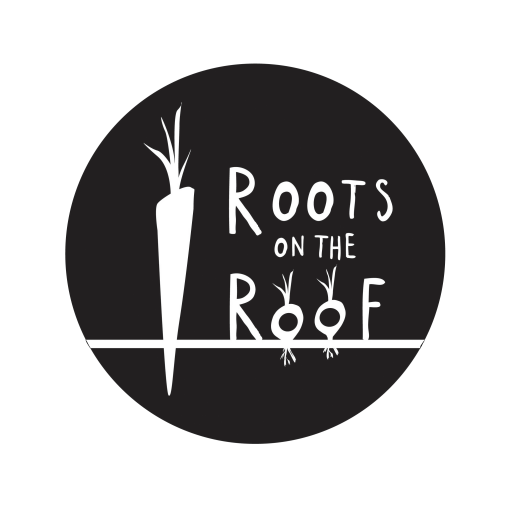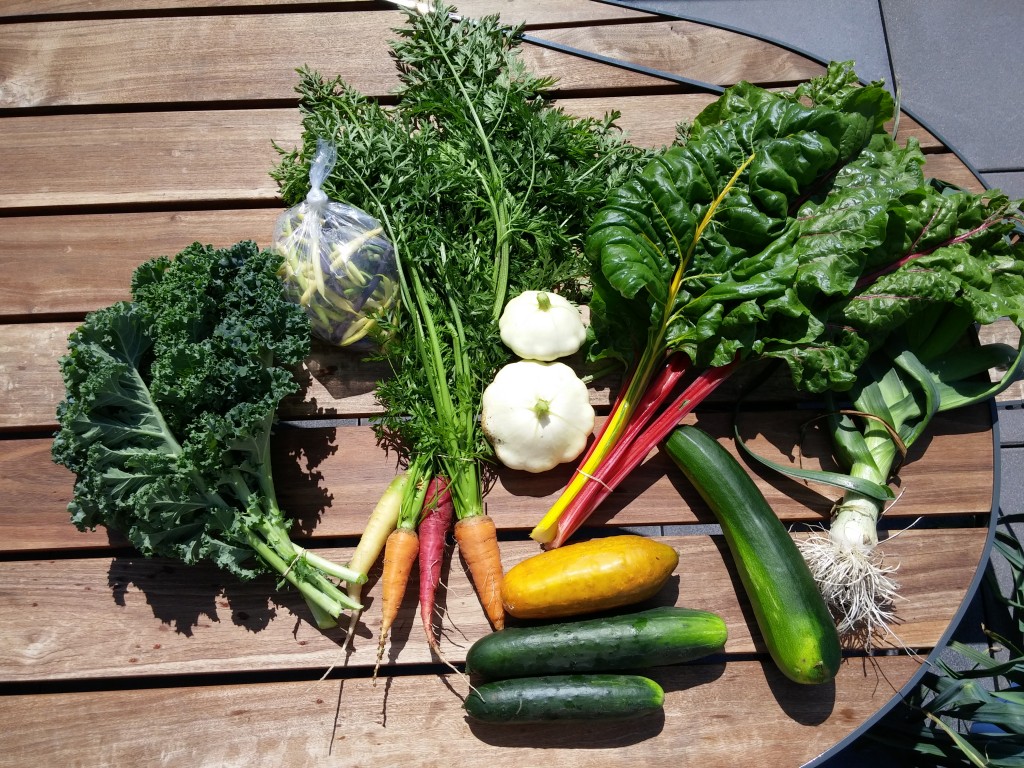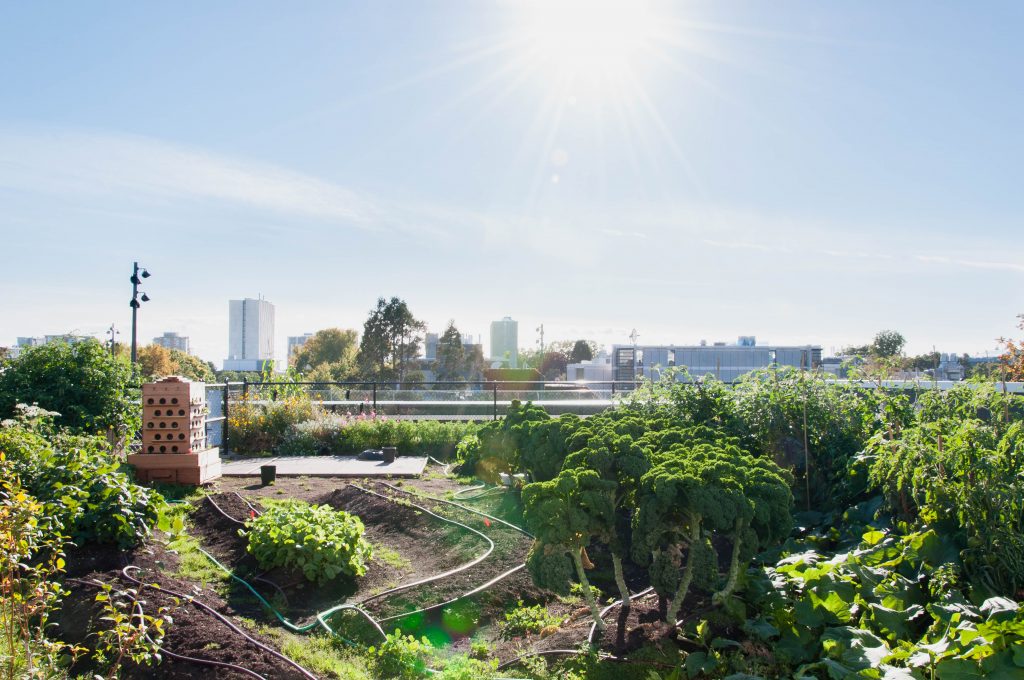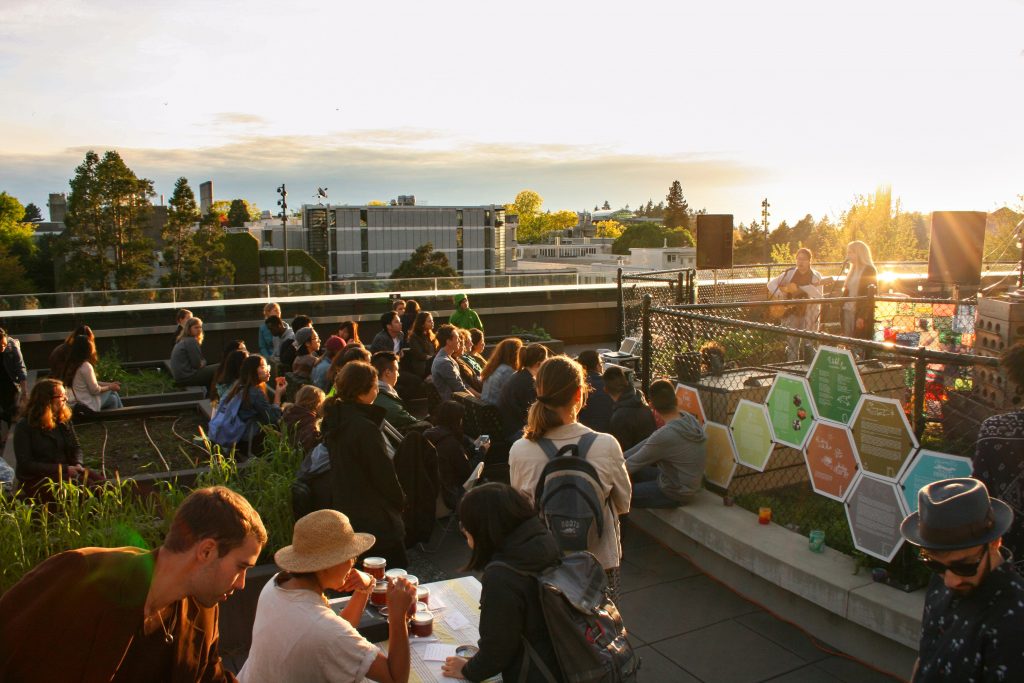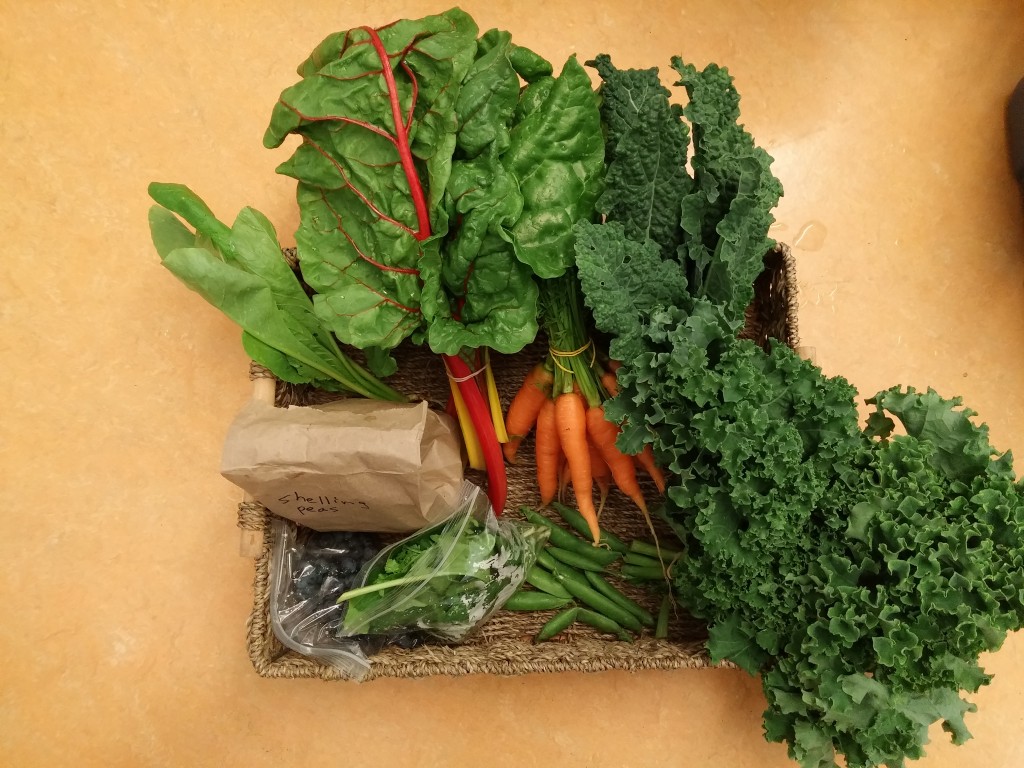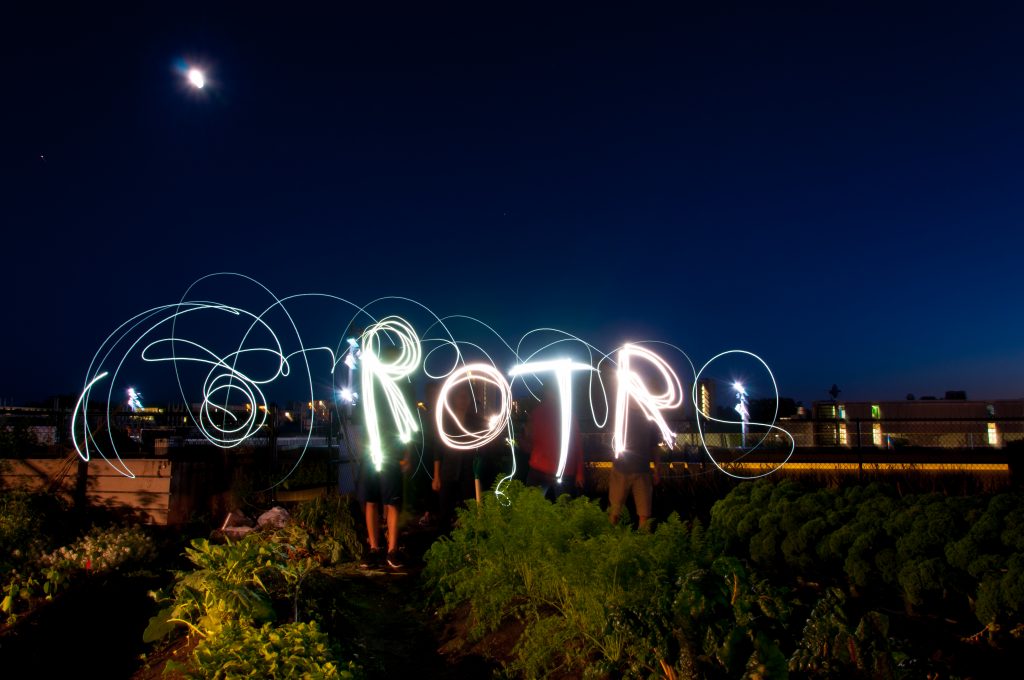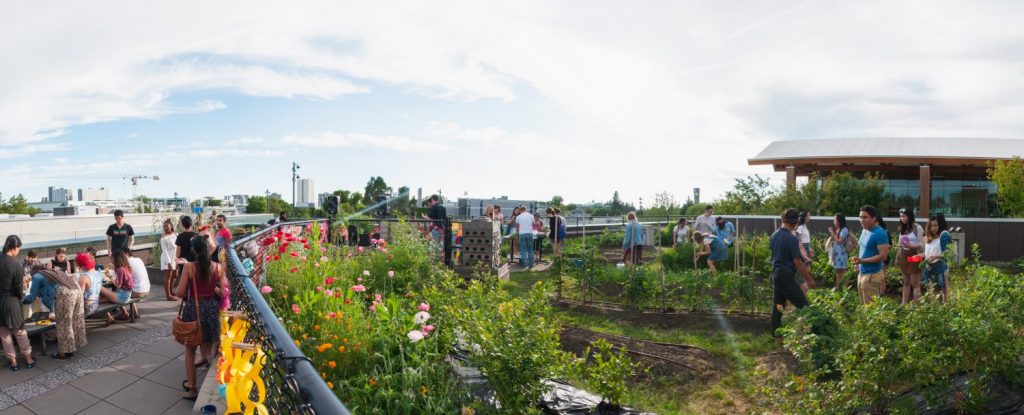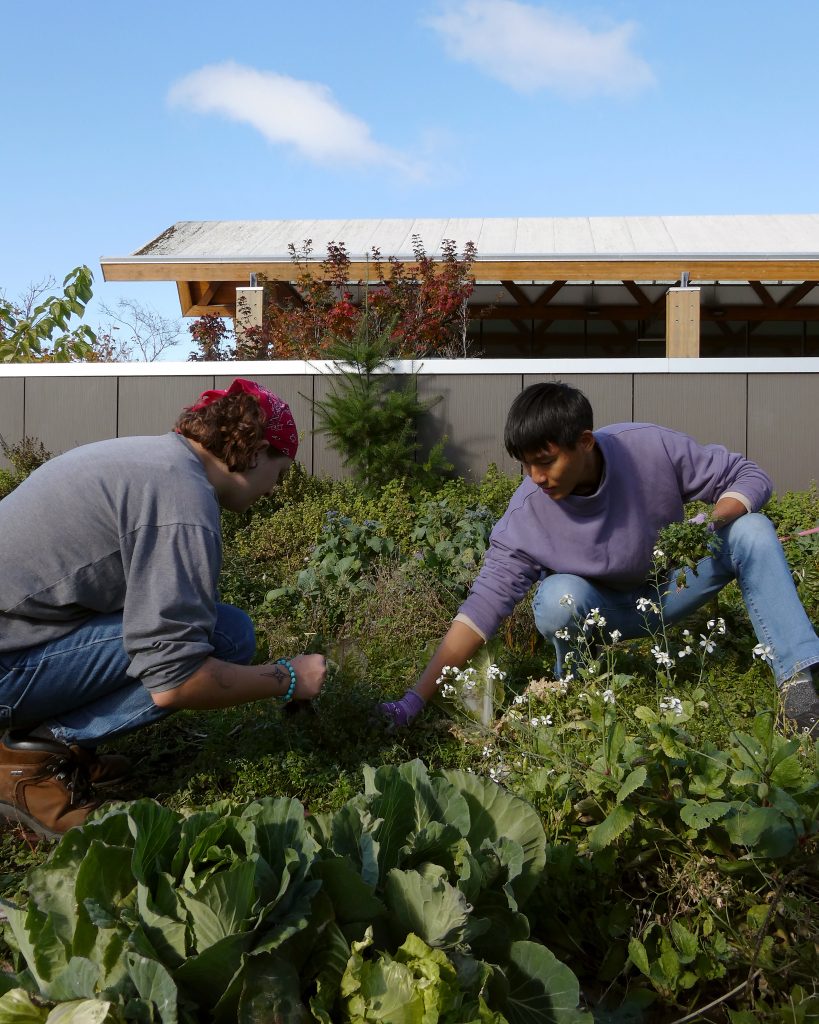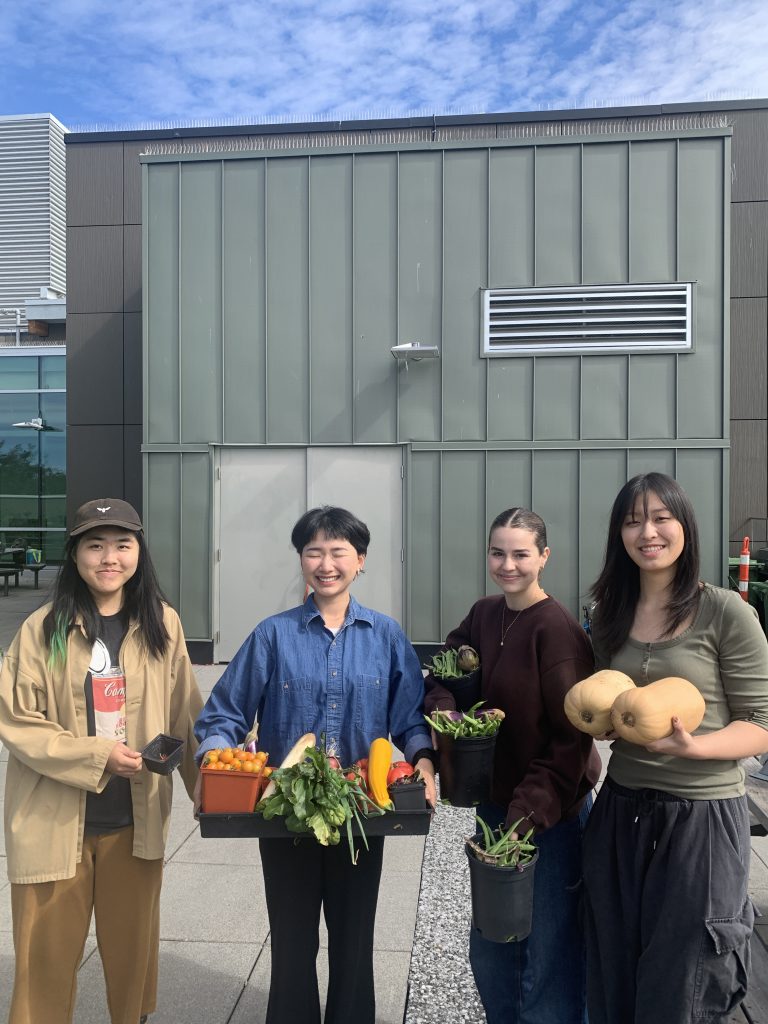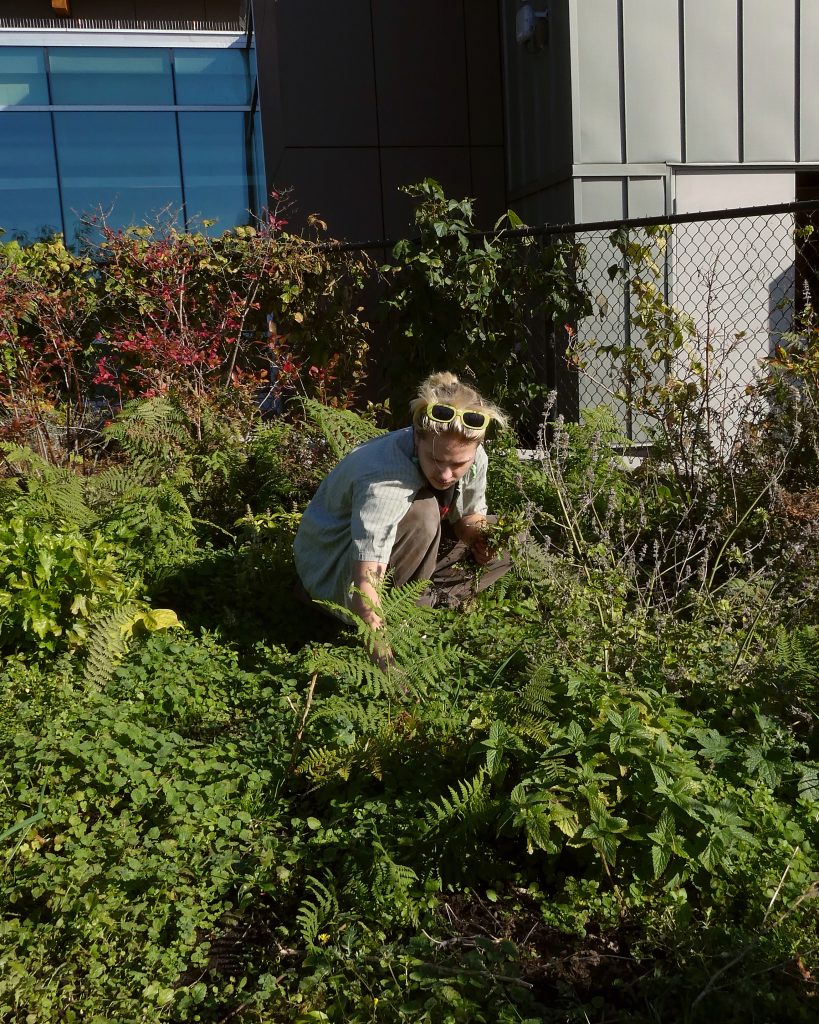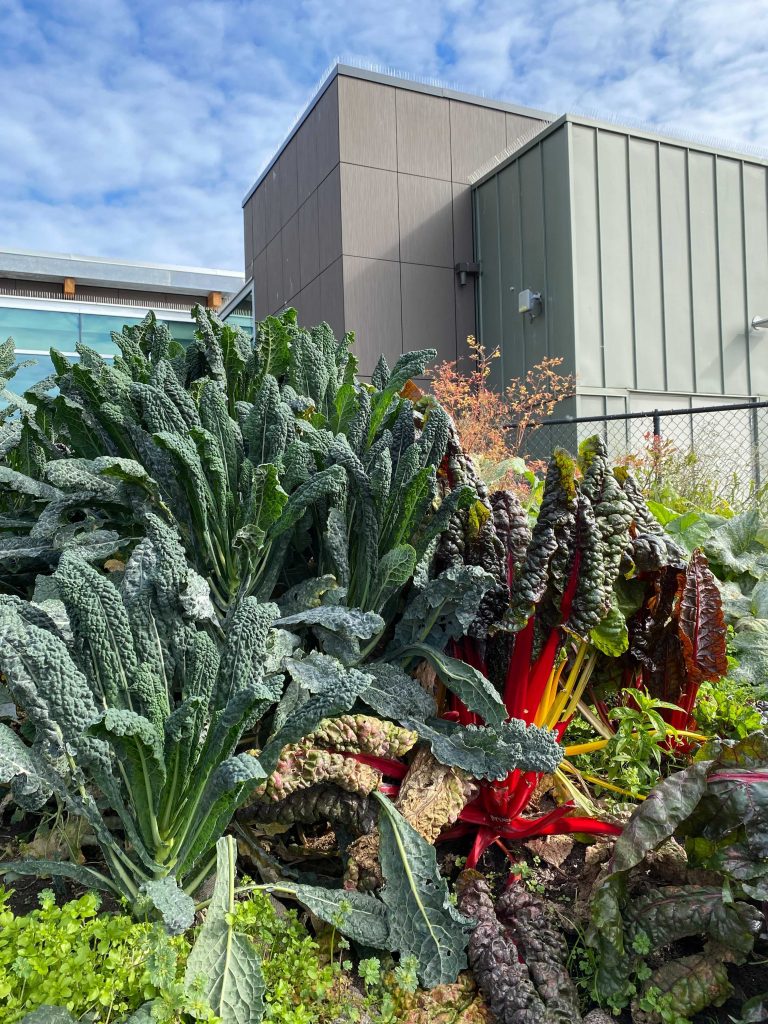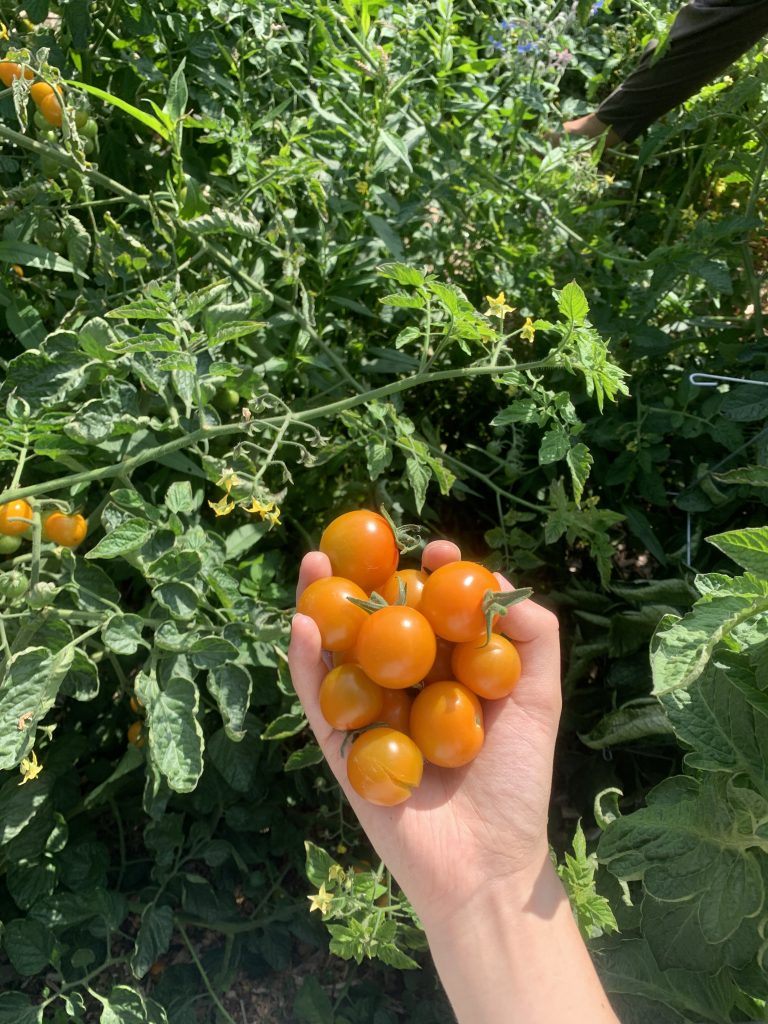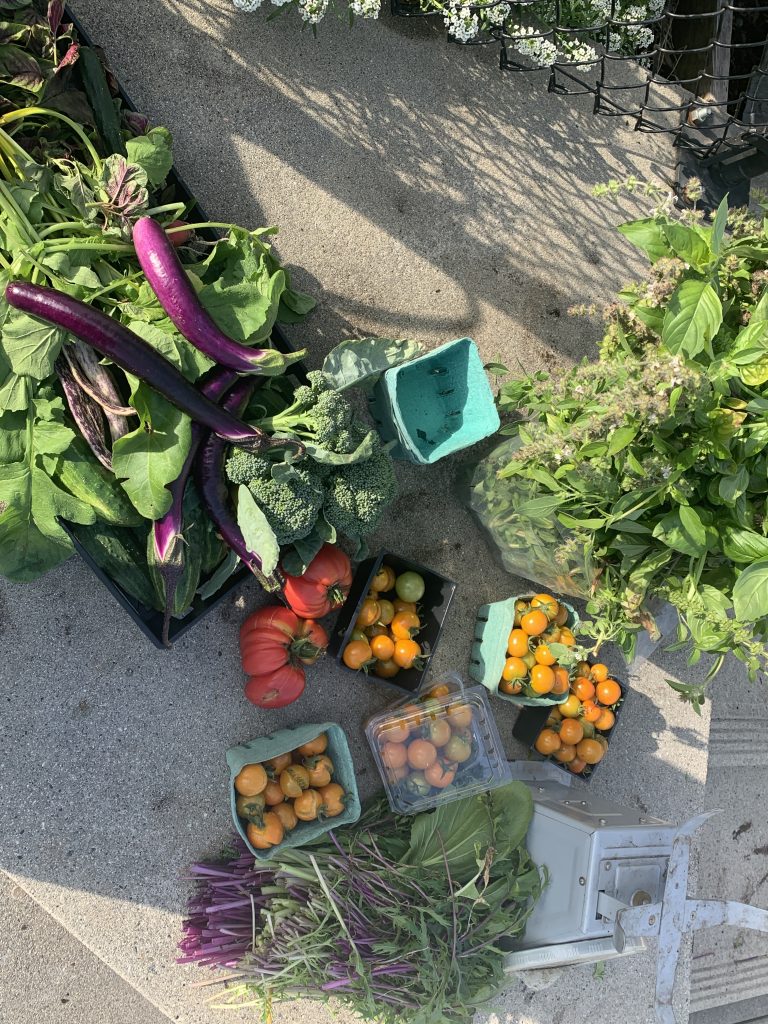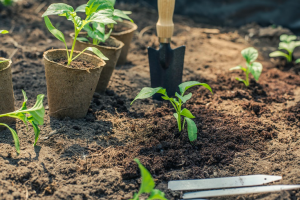Once you’re ready to plant, you’ll want to decide what to grow and where. Look up your climate zone and choose plants suitable for your area, and keep the soil, sun, and micro climate of your yard in mind. You should also look up the first and last frost dates and compare it to the “days to maturity” label on seed packets to determine your growing season.
Most veggies need to be replanted every year, but if you are growing perennial crops like asparagus or rhubarb, find a permanent place for them. Plants like cucumbers, tomatoes, beans, carrots, and lettuce are great for beginners because they’re easy to grow and don’t require much space.
Warm season plants like tomatoes, eggplants, and peppers will need warm conditions to survive. Start seedlings inside and transfer them outside in late spring or early summer when the soil is warm. Indoor sown seeds benefit from being slowly accustomed to the outside before being planted directly in the ground. Bring your mature seedlings to a sunny, sheltered location outside for long and longer periods of time each day leading up to transplanting.
Conversely, cool season plants like radishes, brussel sprouts, and broccoli grow better in cooler temperatures. Some even require frosts to germinate properly and become tough and distasteful in the heat. Research the growing requirements of your plants and plan accordingly (or check out our “what to grow” section for inspiration!).
You should also plan to stagger your plantings by a couple weeks to maintain a steady supply throughout the season. If you plant all your lettuce at once you’ll find yourself with an abundance of lettuce followed by none for the rest of the season.
If you want to take your planting a step more advanced, consider companion planting. This is the practice of planting crops that compliment each other together:
-
- Pole beans, corn, and squash can be planted almost in layers over the same plot of land. The beans will use the corn stalks for needed support while fixing vital nitrogen in the soil, and the abrasive squash leaves will grow at the base and keep pests at bay. This tried and true Native American technique is called the three sisters method.
- Conversely, potato yield decreases when planted with corn.
- Tomatoes grow well next to basil, parsley, and borage. Also asparagus, which will help keep the nematodes away.
- Chives and leeks are good for carrots, while dill will reduce their yield.
- Plant peas near mint, but not garlic or onion.
- Cilantro helps keep insects off spinach.
- Plant zinnias with summer squash to attract pollinators.
- Nasturtiums will attract aphids away from your other crops will bringing pollinators to the garden.
Lastly, make sure to keep track of the plans you make, and keep a map of where things are planted; it’s easier than you might think to forget. You can find free garden planners like these online if you like more structure.
